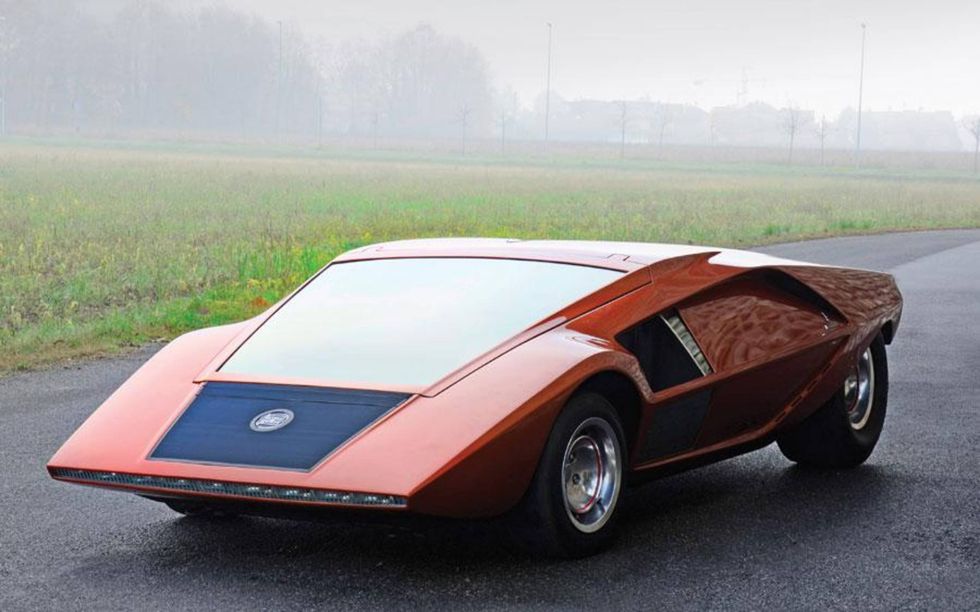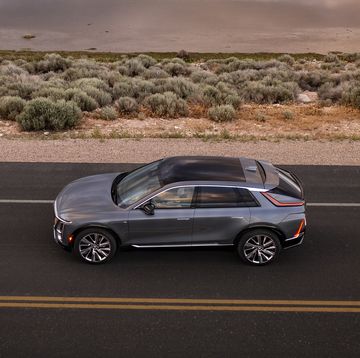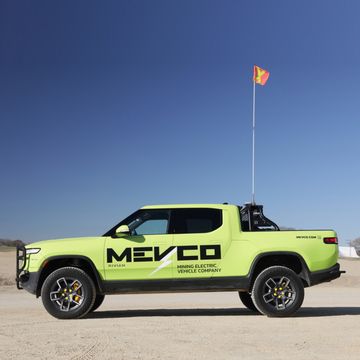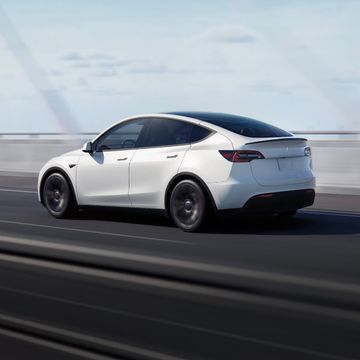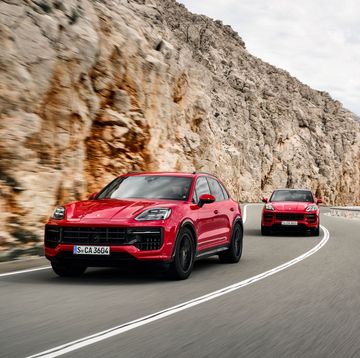Sure, you could spend all of your time looking at classic Ferrari race cars, Lamborghinis and a selection of pristine Alfas and Bentleys at RM Auction’s Concorso d'Eleganza Villa d’Este event in Italy. But if you do, you might miss something really special, like this Lancia Stratos HF Zero concept.
The 1970 Stratos HF Zero is from the Collection of Bertone S.p.A. The wedge-shaped machine is expected to sell for anywhere from $1.4 million to $2.5 million on May 21.
But it’s the story behind the Zero that stirred our interest.
Around 1970, a rivalry was brewing between the famous design houses of Pininfarina and Bertone. The coachbuilders were trying to outdo each other with flamboyant and beautiful automobiles. Bertone shot first, with the Alfa Romeo Carabo. Pininfarina returned the volley with the Ferrari P5, the 512S Berlinetta and the Modulo, which debuted to great fanfare at the 1970 Geneva motor show.
Not to be outdone, Bertone came to the 1970 Turin motor show fully loaded with a wedge-shaped creation originally called the Stratoslimite, or “limit of the stratosphere,” later Stratos HF Zero.
The initial concept behind the Zero was for Bertone’s people to see how low they could build a car. It may have been a response to Pininfarina’s Modulo, which stood at only 93.5 centimeters tall. The final version of the Stratos Zero peaked at just 84 centimeters.
Nor was the Zero was just a design concept; it was a fully functioning prototype. The futuristic design featured a row of headlights across the front with 55-watt bulbs. The turn signals were sequential, going from the center to the edges. The rear ribbon of lights consisted of a strip of 84 mini bulbs.
The Zero was sourced from existing Lancia parts, according to former interior chief designer Eugenio Pagliano, and the 1.6-liter V4 engine was scooped from the Lancia Fulvia HF. It made 115 hp with two twin-choke Solex carburetors.
The chassis was crafted in house, and the double-wishbone setup at the rear came from the front end of a crashed Fulvia. Disc brakes were installed at all four corners and an 11.8-gallon gasoline tank was installed on the right side of the engine bay. The triangle engine cover directed air toward the radiator, which was set in the rear.
The seats were near horizontal and as close to the ground as possible. The windshield extended overhead giving what’s claimed to be a great view of the road in front and the sky above. The futuristic instrument panel was offset to the left and displayed info in green acrylic glass.
Later, when Nuccio Bertone went to meet Lancia execs to talk about a more realistic sports-car project, he drove the Zero. Legend has it that he slipped right under the entrance gates with the low-slung sports car. That meeting eventually led to the Stratos Stradale.
The Stratos Zero got a full restoration in 2000 at Bertone’s studio. It returned to its original bronze color, which was changed to silver shortly after its debut in 1970.
Enjoy the gallery. If you happen to be the winning bidder at Concorso d’Eleganza Villa d’Este, we’d love to hear more about your car.

